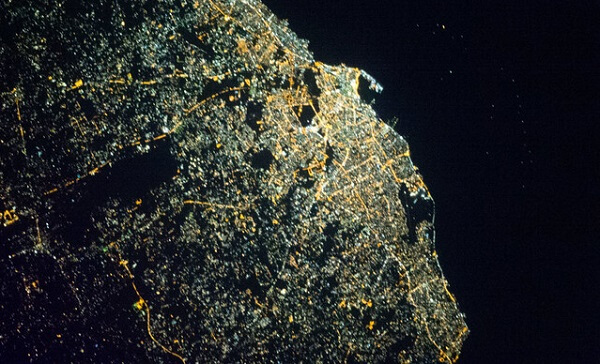On 10 September 2019, UNHCR announced the launch of a transit mechanism for evacuating refugees and migrants stuck in detention centres in Libya to Rwanda. The evacuation programme is the outcome of the Memorandum of Understanding signed by the UN Agency, the Government of Rwanda and the African Union to address the Libyan emergency.
Initially, the evacuation will concern 500 people, including children and youth at risk, mainly from the Horn of Africa. The first flights should be scheduled for the following weeks and according to the UNHCR transfers will be conducted on voluntary basis. People transferred to Rwanda will face a variety of scenarios including resettlement programmes, return to a country of first asylum or home country if considered safe, or authorization to stay in the East African country.
UNHCR spokesman in Geneva, Babar Baloch, called the agreement a “life-line” solution. “This is an expansion of the humanitarian evacuation to save lives,” said Baloch. “The focus is on those trapped inside Libya. We’ve seen how horrible the conditions are and we want to get them out of harm’s way”.
On September 12, a group of 98 vulnerable refugees including 52 unaccompanied children were evacuated from Libya to Italy, the third humanitarian evacuation to the country in 2019. “Today we have taken 98 people to safety, but this is still only a small number of the thousands who need such help. There are still some 3,600 refugees in detention centres. We urgently need to find solutions for them, as well as thousands more vulnerable refugees living in urban areas,” said Jean-Paul Cavalieri, UNHCR Chief of Mission for Libya.
The evacuation programme is part of the UNHCR commitment to move asylum-seekers and refugees out of Libya. Since 2017, more than 4,400 people had been evacuated through different plans including the Emergency Transit Mechanisms in Niger and Romania.
For further information:
- ECRE, From Bad to Worse for Migrants Trapped in Detention in Libya, May 2019
- ECRE, Joint Statement: European Union/Libya: Act Now to Save Lives, July 2019
- ECRE, Detainees Evacuated out of Libya but Resettlement Capacity Remains Inadequate, November 2018
- UNHCR, Migrants and refugees crossing Libya subjected to “unimaginable horrors”– UN, December 2018
Photo: (CC) NASA’s Marshall Space Flight Center, April 2013, Tripoli
This article appeared in the ECRE Weekly Bulletin . You can subscribe to the Weekly Bulletin here.

